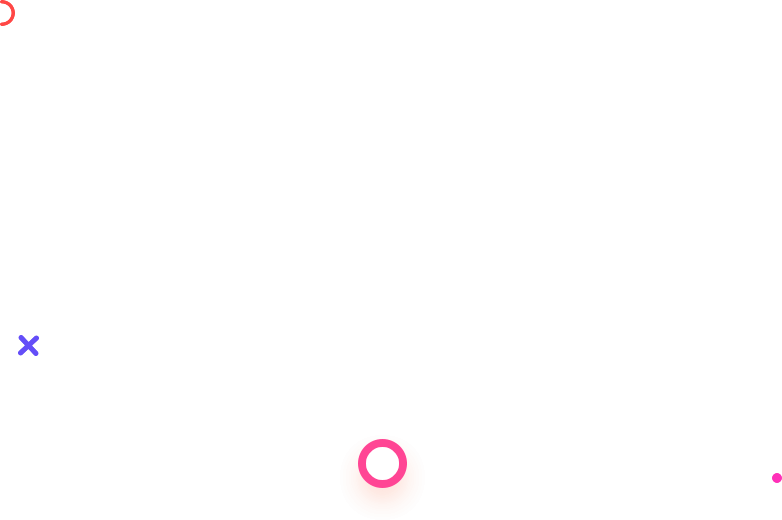Familiarize yourself with the latest design software and tools available in the market. Popular design software includes Adobe Photoshop, Sketch, Figma, and Adobe XD. Explore their features and capabilities to enhance your design workflow. After you realize the basics of Web Design CA, you need to learn to hone your abilities in web designing. As a Freelancing Web Developer, you are never out of the competition and practicing is the key. Alongside, you need to take care of some points that will help you keep your skills alive and sharp. Let’s learn about them in detail here.
Having a strong foundation in HTML and CSS is essential for web design. Ensure you are proficient in writing clean, semantic HTML code and styling it effectively using CSS. Keep learning and experimenting with new CSS techniques and frameworks like Bootstrap or Tailwind CSS. JavaScript is a versatile programming language that can greatly enhance your web designs. Mastering JavaScript will allow you to create interactive and dynamic elements on your web pages. Explore popular JavaScript libraries and frameworks like React, Vue.js, or Angular to level up your web design skills.
There are likewise various client experience plan abilities that are valuable for Web Designers to consider. Web Designers program the screens that clients interact with – and they can be undeniably more effective with a decent grasp of a client-focused plan and responsive plans.
As you forge ahead, attempt to interact with them how a client may. Where are concerns of the so-called navigational issues? How is it possible that the site would be improved? Presently you’re in the mindset of a UX Designer, and that is going to be critical to designing truly strong web items.
Foster a Portfolio to Showcase Your Web Design Work
An astounding portfolio that showcases your style for web configuration is your best device while applying for a task as a Web Designer.
With the increasing use of mobile devices, it’s crucial to design websites that are responsive and adapt to different screen sizes. Learn about responsive design principles and techniques, and make sure your websites are optimized for mobile devices. Prototyping tools help you create interactive mockups and prototypes of your designs. Tools like InVision, Axure RP, or Adobe XD allow you to create interactive experiences to demonstrate your design concepts and gather feedback from clients or users.
To have a decent portfolio, you need to realize what makes you unique as a Web Designer. Pick work that emphasizes those qualities. Likewise, think about the introduction of the actual portfolio. Its UI and UX ought to both be great.
Finally, businesses like to perceive how you set up these beautiful websites. Many Web Designers like to utilize text to show the manner of thinking and the issue you were trying to tackle with the undertaking. This likewise tells that you realize the best way to impart –incredible delicate expertise for a Web Designer to have.
Share your work with peers, join design communities, and actively seek feedback on your designs. Learning from others and incorporating constructive criticism will help you improve your skills and design processes. Web design is a rapidly evolving field, so make a habit of continuous learning. Attend workshops, conferences, and online courses to stay updated with the latest techniques and trends in web design.
Remember, improving your web design tools is an ongoing process. Embrace new technologies, experiment, and practice regularly to enhance your skills and create outstanding web designs.


